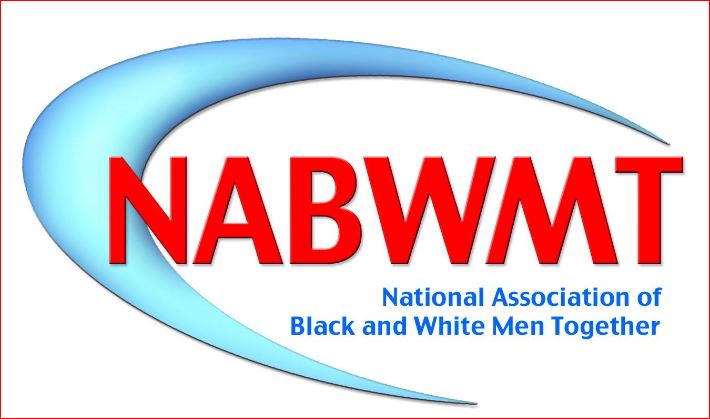
In 2020, young voters turned out in record numbers to help Democrats win the White House and other key races. In 2021, however, an onslaught of voter suppression measures being enacted in statehouses could have an outsized impact on those young people, according to voting rights advocates.
The Brennan Center has reported that so far this year at least 18 states have enacted 30 laws to make it harder to vote, and more than 400 bills with provisions that restrict voting access have been introduced in state legislatures.
Advocates say the burdensome requirements pose challenges for young people who are newer to electoral participation. Some of them, including college students, may not live in the place where they are registered to vote, making them especially vulnerable to new rules around residence requirements, forms of ID, mail voting, and online voting. They also are more likely to be affected by the closure of polling places.
For example, a Montana bill requires students who vote in person to have extra secondary documentation of residence in addition to a student ID, and a new measure in Texas that requires any voter that is sent a confirmation of residence notice to respond within 30 days and include a sworn affirmation.
Young voters represent about one-fifth of all eligible citizens. Close to 50 million young voters were eligible to vote in 2020, and about half of them cast ballots, with the highest increases in youth voter turnout in New Jersey, Arizona, California, and Washington.
The 2020 record turnout reflects intensive outreach by voting advocates who reject the old canard that youth are apathetic. A growing number of nonpartisan organizations have been working to engage young voters and help them overcome the barrage of obstacles. For example, VoteRiders helps voters secure the form of identification required in their states.
“At Fair Fight, started by Stacey Abrams, they seek out voters overlooked in the past because they were considered unlikely to vote, many of whom are people of color and younger voters. Outreach includes hyperlocal organizing like giving out food at a rural restaurant where a young person might just literally be on the way to pick up some lunch, and all of a sudden they’re seeing something about voting.
Fair Fight and other advocates also work with TikTok influencers, hold Instagram live concerts, and put ads on Hulu, YouTube, Snapchat, and other platforms populated by younger people.
The most recent Harvard Youth Poll found that 36% of the youth surveyed are politically active, and the most engaged among this cohort are young Black people, 41% of whom are politically active. In the 2020 election, voters under 30 preferred Biden, with young people of color voting for him by the largest margins, while young White men preferred Trump.
Time and time again in 2020, with Black young people being shot and killed by the police and the uprisings that happened last summer, and voting rights under attack, young people showed up, even in the middle of a pandemic, to say enough is enough,
MOVE (Mobilize Organize Vote Empower) Texas helped register 50,000 18- to 29-year-olds for the 2020 election in a state where a gun license is a proper form of ID for voting, but student ID is not.
After Mississippi Votes signs up young voters, it stays connected to assure they will be ready to vote. On Election Day, volunteers help people waiting in line making sure they have food and water and that port-a-potties are available. (In Georgia, state lawmakers passed a bill that would make it a crime to offer food or water to voters waiting in line).
The federal legislation activists are pushing includes the For the People Act, which would help more Americans retain their voting rights, and the companion John Lewis Voting Rights Advancement Act, which would restore and strengthen the federal oversight provisions stripped out of the 1965 Voting Rights Act by the 2013 Supreme Court case Shelby County v. Holder.
The For the People Act passed the House and is stymied in the Senate. The John Lewis Voting Rights Advancement Act was introduced in the House on Aug. 17. McCurdy has testified at hearings to establish a legislative record of voting discrimination to help the act withstand anticipated court challenges.
To build support for the bills, the Leadership Conference launched The Voting Rights Alliance. Rock the Vote built a coalition running a campaign to mobilize young people with a peer-to-peer texting drive that reached 300,000 young voters. Fair Fight Action held a Hot Call Summer campaign with a goal of texting at least 10 million voters in battleground states.
At least 25 states have enacted 54 laws with provisions that expand voting access, and more than 900 bills with expansive provisions have been introduced in 49 states in the 2021 legislative sessions, according to the Brennan Center update. Friendly measures include automatic voter registration, preregistration for 16- and 17-year-olds, voter portability (where your registration goes with you if you move within a state), online voter registration and expanding access to early and mail voting. According to the National Conference of State Legislatures, 20 states and the District of Columbia had automatic voter registration as of last January.
Another positive tactic focuses on growing voters before they turn 18 through civic education. Rock the Vote, for example, runs a program called Democracy Class that offers free lesson plans to educators, community leaders, and anyone who wants to teach a class on the history and importance of voting.
So, even though the NABWMT does not have young voters, we can reach out to them and help them make a difference,
******
Source: https://www.yesmagazine.org/democracy/2021/08/19/young-voters-push-back-voter-suppression

